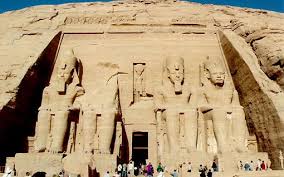- Home
- About Us
- Tel : +91 33 4022 9591
AswanView all the popular packagesOffers
0 Popular Packege(s)
Area 62726 Square Kilometers
Population 0.27 Million
Winter Temperature 16 C
Summer Temperature 33 C
Best Time To Visit The best months for a good weather in Aswan are January, February, March, April, May, September, October, November and December.On average, the warmest months are May, June, July, August and September.Aswan has dry periods all year long.The coldest months are January and December.
By Air

By air it will take 1h 25m to reach Aswan from Cairo.
By Train

Sleeper trains are available from cairo to Aswan via Luxor.
Full Day Excursion to Abu Simble (Duration 10hrs)
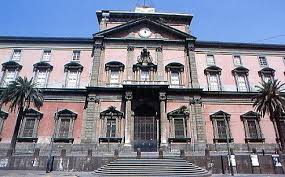
You will be picked up from your hotel and driven to Abu Simbel. Upon arrival you will visit the Temple of Ramses and Temple of Queen Nefertari. Not only are the two temples located at Abu Simbel among the most magnificent monuments in Egypt but their removal and reconstruction was an historic even in itself, when the temples (280km from Aswan) were threatened by submersion in Lake Nasser. The Temple of Ramses II is primarily dedicated to Re-Harakhte, and Nefertari's is dedicated to Hathor. After touring the temples you will transferred back to your hotel in Aswan.
High Dam, Obelisk and Philae Temple (Duration – 10 Hrs)

You will be picked up from your hotel and transferred to the Obelisk. Aswan has always been known as being the main source for granite that was used to build obelisks for temples all over the country. This obelisk if completed, would have been the tallest standing at about 42 metres high. The legend goes that during construction the workers noticed problems and just abandoned future construction. We then drive across the Old Aswan dam, for a photo stop at the High Dam. Our last visit is to the Philae Temple, named as it was built on the island of Philae, as a tribute to Goddess Isis. But during the 20th century, the Aswan Old dam was built and for about 6 months every year the temple was submerged in water and mud. This caused a toll on the foundation of the temple, not to mention making it inaccessible to both pilgrims as well as tourists. In the 1960's UNESCO decided to move the temple to another island, but they had to wait until the completion of the High Dam, which would stabilise the level of water around their chosen island. Around the late 1970's, the temple was disassembled and piece by piece was moved to another island, named Agikia Island which is where it rests today. At the end of the tour you will be transferred back to your hotel.
Aswan Museum

Aswan Museum is a museum in Elephantine, located on the south-eastern side of Aswan, Egypt. It opened to the public in 1912. The museum features artefacts from Nubia, which were housed there during the construction of the Aswan Dam.
Temple of Kom Ombo
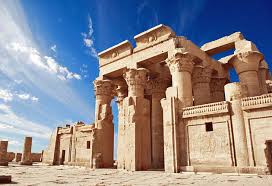
The Temple of Kom Ombo is an unusual double temple in the town of Kom Ombo in Aswan Governorate, Upper Egypt. It was constructed during the Ptolemaic dynasty, 180â47 BC. Some additions to it were later made during the Roman period.
Aswan Bazaar
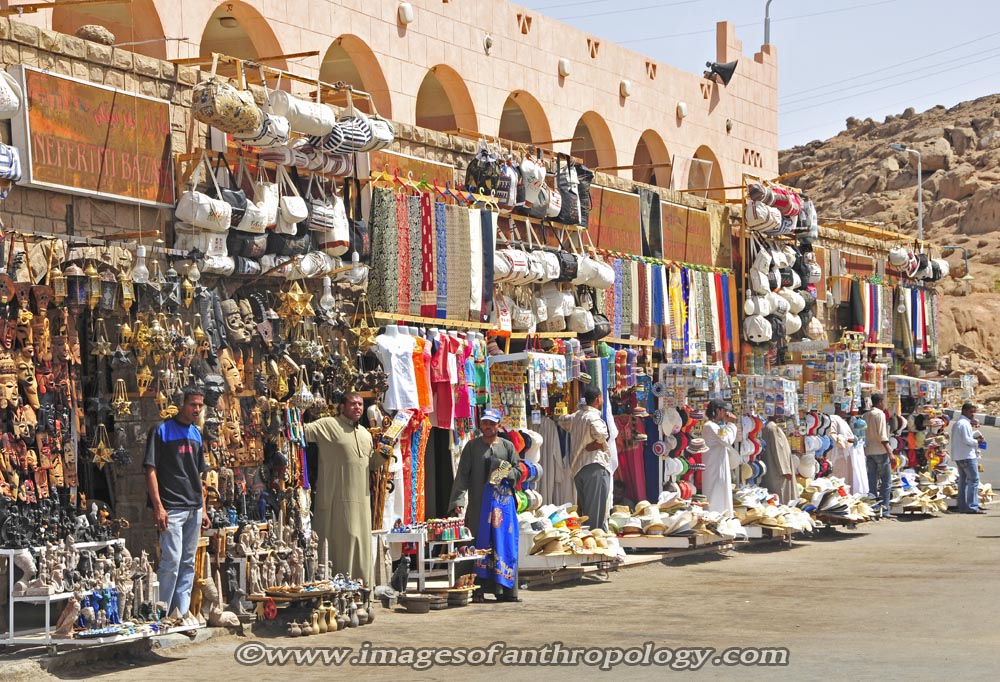
The Aswan Bazaar is where all the visitors go for a unique shopping experience. It's located three blocks from the Nile River. It comprises of seven blocks of shopping area. The Bazaar is filled with stalls, luring visitors with beautiful merchandise. From Persian rugs to traditional smoking pots called shisha, this place is a shopper's paradise. You can buy various souvenirs and gifts from this market.
Om Elnor

You cannot leave Aswan without shopping for some authentic jewelry. Venture out to Om Elnor to get your hands on some exotic pieces of jewelry. The jewelry reflects the designs etched on the walls of the Egyptian temples. These designs are called the Cartouches. You can find jewelry designed in silver or gold at Om Elmor. This jewelry store is located on Mahmod Betet Street.
Aswan Souk
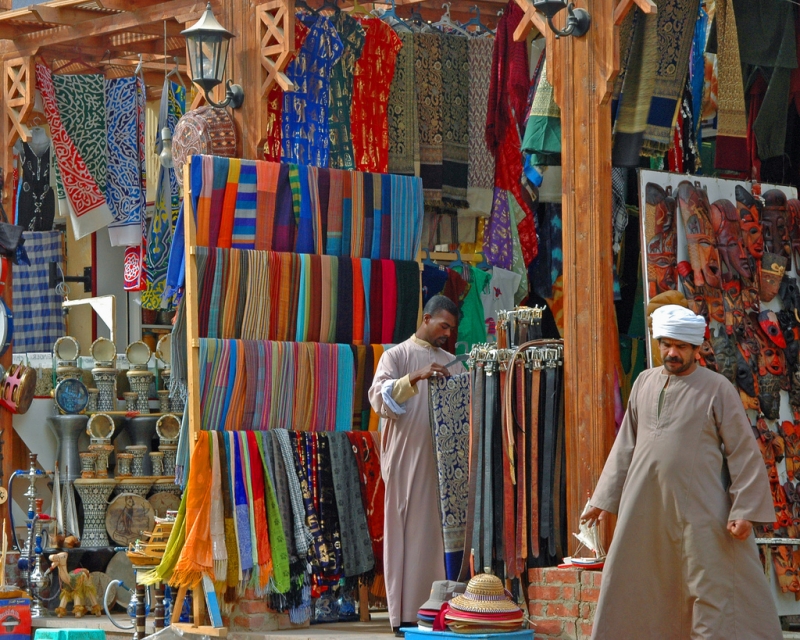
The Aswan Souk, or market, offers the visitors a chance to truly understand the local lifestyle and their culture. Wander around the various stalls and interact with the locals here. You can buy several aromatic spices peculiar to this region. Different types of tea are lined up at the stalls here. The Souk is also a great place to buy items of Egyptian art.
Spice Market
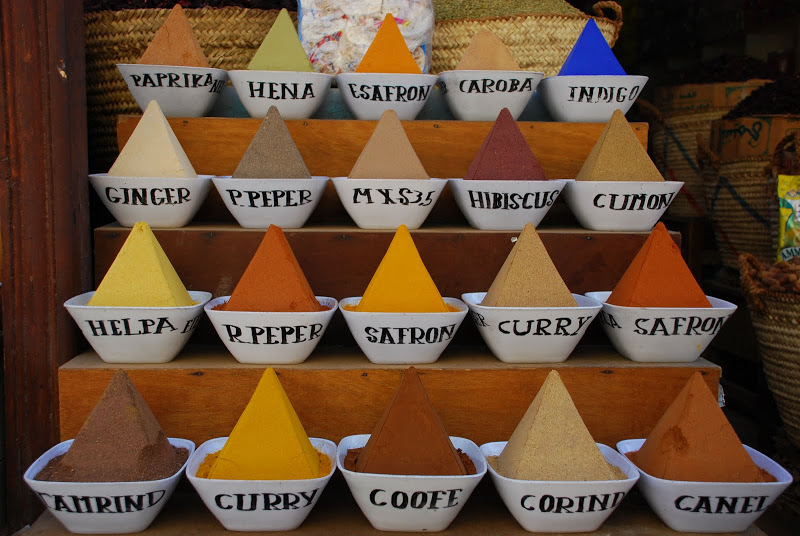
Aswan is famous for its spices. The Egyptian food is filled with flavors and the secret behind that are the spices. There is a market that is exclusive for spice trade in Aswan. The Spice Market has all conceivable condiments in stock. From the most expensive saffron to exotic lemon grass, you will find them all at the Spice Market. The aroma will draw you to this market located on the Nile's river valley. The colors and the aromas of spices like cumin, fennel, peppermint and bascilicum will soothe your senses.
Hubia Craft Center
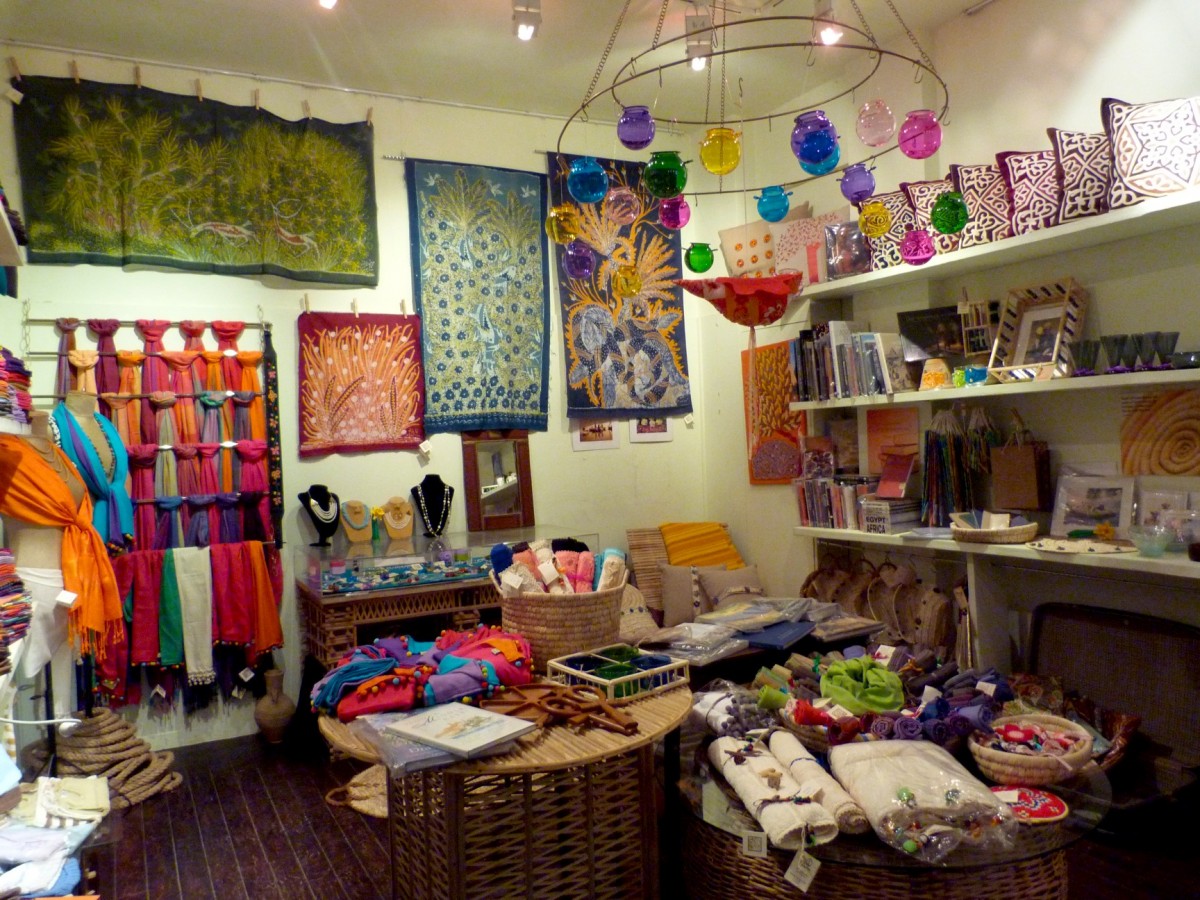
Nubian art used to be considered sacred during ancient times. As time went by, this art form was pushed into the corner. The Hubia Craft Center is an initiative to revive the art form and also to provide employment to the various artists in this genre. The Center showcases and sells various components of this art form. Visitors can scan through the handmade bronze statues and figures carved from stones. You can also buy several ancient postage stamps at this Center.
El Dokka

Kornish Al Nile,Qism Aswan, Aswan Governorate, Egypt

